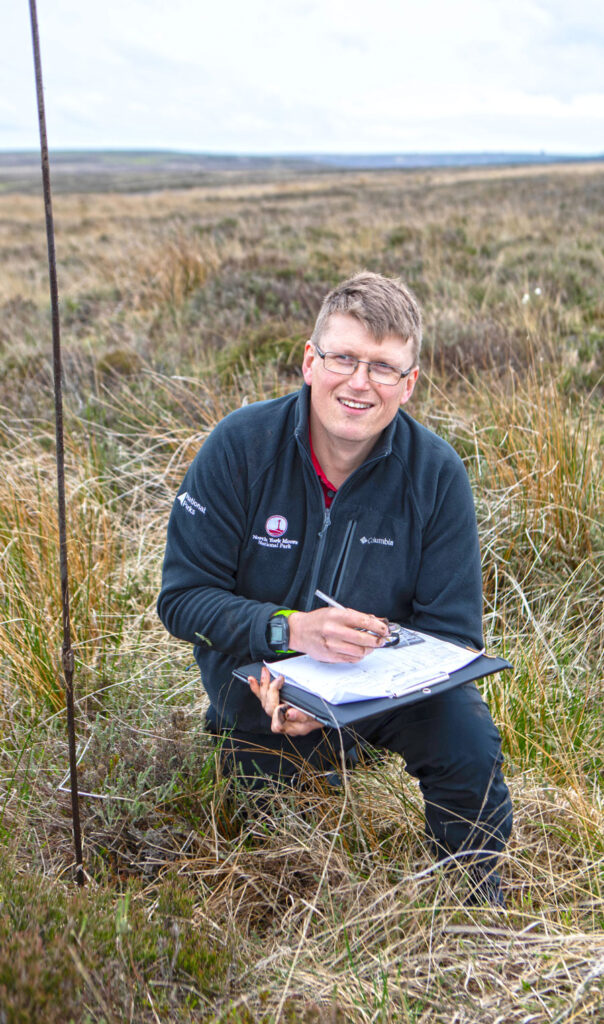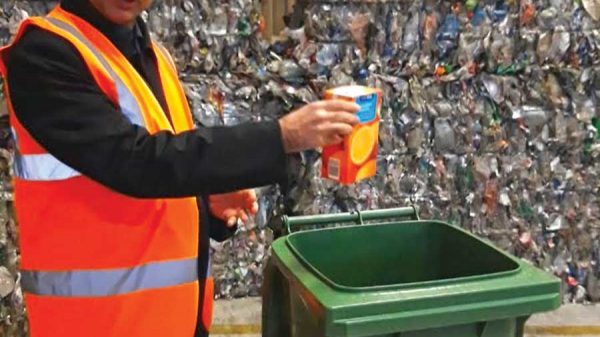The North York Moors National Park Authority has been awarded a grant of more than £1.25 million to restore peat habitats within its borders. The Moor to Restore project will see areas of blanket bog re-established across nine sites, totalling more than 1,100 hectares. This includes three locations that have previously been used for commercial forestry.
Peatlands are incredibly special habitats, characterised by wet, waterlogged soils where vegetation is not able to fully decay and so builds up over time, eventually forming a layer of peat. Aside from supporting significant biodiversity, undamaged peatlands can lock away more carbon than the equivalent area of rainforest. However, if they are drained or otherwise damaged, peatlands become a major source of greenhouse gas emissions. Any loss of peat habitats is therefore extremely detrimental to the environment.
Edward March-Shawcross, Project Officer for Moor to Restore, said:
“The last 200 years has seen significant peat loss from the North York Moors. The digging of peat for fuel, agricultural improvement, drainage and wildfires have all contributed to this.

“We want to see the return of boggy, species-rich habitats where sphagnum moss, heathers and cotton grass thrive. In turn this will help our populations of Golden Plover and Merlin – two species for which the North York Moors is designated as a Special Protection Area – as well as threatened species of wading birds such as Curlew. Restoring peatlands will also make a huge contribution to enhancing our resilience to climate change, preventing further carbon loss and providing food and water for wildlife in periods of drought.”
In restoring bog habitats, the first task is to raise the water table so that the ground is suitably wet and waterlogged to support the right community of plants. This will be achieved by blocking erosion gullies and building ‘leaky dams’ that use natural materials to slow water drainage and help the formation of small pools. Large numbers of cotton grass plugs will then be planted, along with sphagnum moss and other peat-building species.
“For the three sites that were, until recently, commercial conifer plantations, this represents a complete transformation and a return to a native habitat that was lost more than 70 years ago,” said Edward.
The long-term aim for the National Park is that all areas of degraded deep peat habitat (approximately 4,500 hectares) will be actively undergoing restoration by 2032. To achieve this ambition the National Park is working closely with landowners and land managers to identify how healthy peatlands can provide sustainable incomes alongside carbon storage, improved water quality and benefits to biodiversity.
The funding has been awarded as part of Natural England’s Nature for Climate Peatland Grant Scheme, which has seen twelve projects share £16 million.
For more information about climate change and nature recovery projects in the North York Moors, please visit;







